What do you put under a trampoline? This is a question that comes up often for people who are considering purchasing or have just purchased a trampoline. There are many options available, but what is the best choice?
In this article, we will explore different materials that can be put under your trampoline. We will also discuss in detail each material. So, let’s get started.
Benefits of Putting Something Under your Trampoline
One of the benefits of putting something under your trampoline is that it will help to keep the trampoline in place. This is especially important if you have young children who might be playing on the trampoline. If the trampoline is not properly secured, it could tip over and cause injuries.
Another benefit of putting something under your trampoline is that it will help to protect the ground beneath the trampoline.
If you do not have anything under your trampoline, the weight of the people jumping on it can cause the ground to sink or even erode over time. This is especially true if you live in an area with a lot of rain or snow. By putting something under your trampoline, you can help to prevent this from happening.
How to Choose the Right Material for your needs?
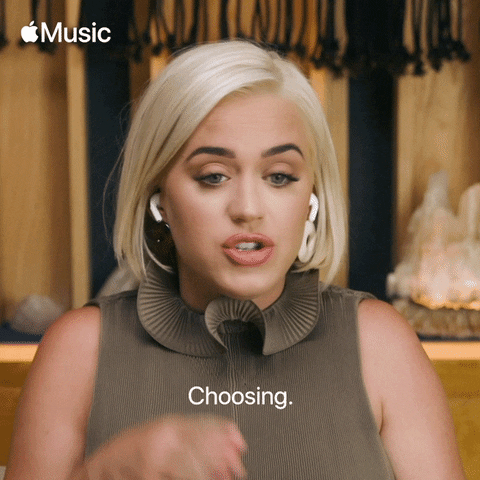
There are many factors to consider when choosing the right material for your needs. The first factor is the type of trampoline you have. If you have an in-ground trampoline, then you don’t need anything to put under your trampoline; the trampoline is already under the ground.
But if you have a above-ground trampoline, then you need to consider what will work best for you. There are a lot of things you can put under your trampoline. We will be discussing about them in the next upcoming subheadings.
Materials to Put Under Trampoline
1. Rubber mulch
One option that you have for putting under your trampoline is rubber mulch. This is a material that is made from recycled tires, and it has a number of benefits.
First, it is very bouncy and will help to absorb some of the impacts from jumping.
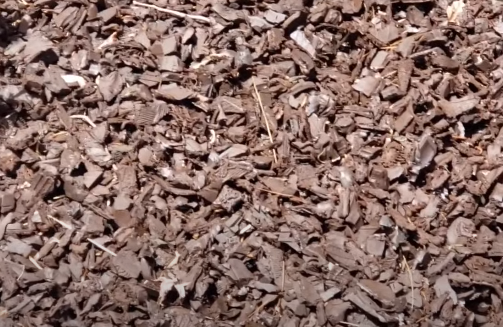
Second, it is very durable and will last a long time.
Third, it is relatively inexpensive. Fourth, it is easy to install. Fifth, it is eco-friendly. Sixth, it comes in a variety of colors. Seventh, it is low maintenance. Eighth, it will not attract bugs. Ninth, it does not absorb water. And tenth, it is slip-resistant.
If you want to put rubber mulch beneath your trampoline, you’ll need to dig a small hole in the ground that’s the same depth as the trampoline’s dimensions. After that, place the trampoline there. You have the option of doing it yourself or hiring a professional.
Rubber mulch for a 14-foot-round trampoline will cost between $300 and $350 if you purchase it in bulk. Furthermore, you can choose the best rubber mulch for the trampoline‘s underside covering.
One downside of rubber mulch is that it can be flammable. So, if you are going to use this material, make sure that you keep it away from any open flames. It’s not the only downside to after using the rubber mulch.
Another downside is that it can get very hot in direct sunlight, so it is not the best choice for putting under your trampoline if you live in a hot climate.
2. Wood chips
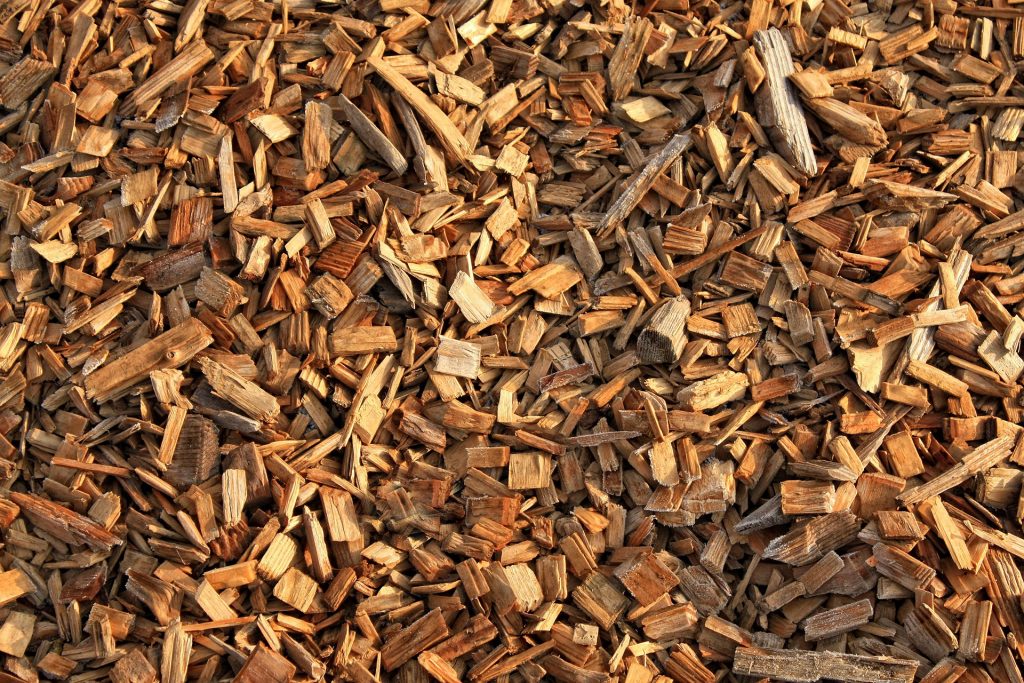
Another option that you have for putting under your trampoline is wood chips. This is a material that is made from shredded wood, and it has a number of benefits.
One of the benefits of wood chips is that they are very easy to install. You can simply spread them around the area where the trampoline is going to be placed. Another benefit of wood chips is that they are very affordable. This is a great option for people who are on a budget.
Wood chips are a great option for those who want an attractive and natural-looking landscape around their trampoline. It is also a good choice for people looking for an eco-friendly option. Wood chips are made from recycled wood, and they provide a natural cushion for your trampoline.
Some disadvantages of wood chips include the following: they can be slippery when wet, they can blow away in strong winds, they can attract bugs and other pests. They can be a sloppy mess, and they can be difficult to clean up after.
When it comes to landings, it’s not quite as bouncy and soft. In hot weather, it has the ability to absorb heat. If not properly maintained, it can become moldy or rot.
Apart from all the negatives, I think the wood chip is a great thing to put under the trampoline. Only apply the wood chips when you see the disadvantages are minor for you.
As discussed previously, wood chip is one of the most inexpensive items. Wood chips are distinguished primarily by their availability and low cost, which are two of their most important characteristics.
The price for each bag of wood chips ranges from $3 to $5, and a single bag can easily cover 2 cubic feet. As a result, wood chips can be used to cover the trampoline’s base area for less than $100 dollars. However, there are some more expensive types of wood mulch available that can cost up to $150 or even more.
3. Play Sand
If you are looking for a cheap and cheerful option, then play sand is a great choice. It is readily available and easy to find. Plus, it is relatively inexpensive. Play sand is also easy to work with. You can simply spread it out under your trampoline and level it off.
One benefit of play sand is that it is very soft. This means that it will support your if you even fall from the trampoline. This is especially beneficial if you are going to be doing a lot of high-impact activities on your trampoline. Play sand is also very absorbent. This means that it will help to cushion any falls and reduce the impact.
Another benefit of play sand is that it is easy to clean up. If you have any spillages, then all you need to do is sweep it up and dispose of it. You don’t need to worry about it staining your trampoline or being difficult to clean.
One downside of play sand is that it can be messy. When there will be high wind it can go around everywhere. Thus, it will be very difficult to clean up and can also make your trampoline dirty. Additionally, play sand is not very bouncy. If you are looking for a trampoline that has a lot of bounce, then this might not be the best option for you.
Play sand are significantly more expensive than rubber mulch. A single sandbag costs approximately $5 and can cover an area of approximately 1/2 cubic foot. As a result, a total of 80 bags will be required(to fill up the same amount of space as the rubber mulch), with the total cost estimated to be approximately $400.
4. Grass
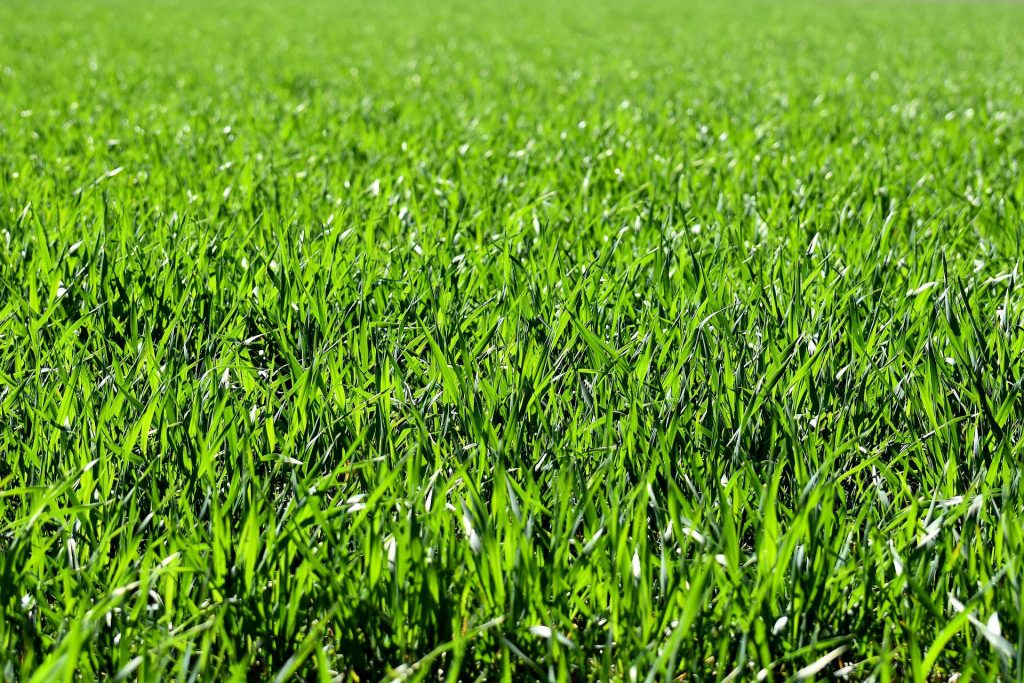
If you have a backyard with grass, then this is one of the easiest and most affordable options for putting under your trampoline. All you need to do is clear a spot in your yard and set the trampoline up.
The grass will provide a soft surface for jumpers and will also help to keep the trampoline in place. One of the advantages of this option is that it does not require any special installation.
However, there are also some disadvantages to using grass as your trampoline surface. One of the biggest problems is that the grass underneath will quickly become worn down and patchy from all the trampoline jumping. You will also need to mow around the trampoline regularly to keep the grass short. Another downside when you put trtampoline above the grass the grasses will die in no time.
How to Stop Grass Dying Under Trampoline: There are a variety of options for dealing the problem of dying grass. One way is to sprinkle water on the grasses in the summer to keep the soil from becoming too wet.
Another method is to cover the trampoline legs with a thick cloth so that they can absorb the extreme heat and prevent the soil from drying out.
The best practice is to place the trampoline in an even location so that you can easily move it to a new location after a few days has passed. As a result, the grasses can receive sufficient amounts of water and sunlight to survive.
A fertilizer can also be used to encourage the root growth of the grasses under the trampoline, if necessary. Mowing underneath grass is another effective method of encouraging grass development.
Artificial Turf, also known as artificial grass or fake grass is a great option to put under your trampoline.
5. Gravel
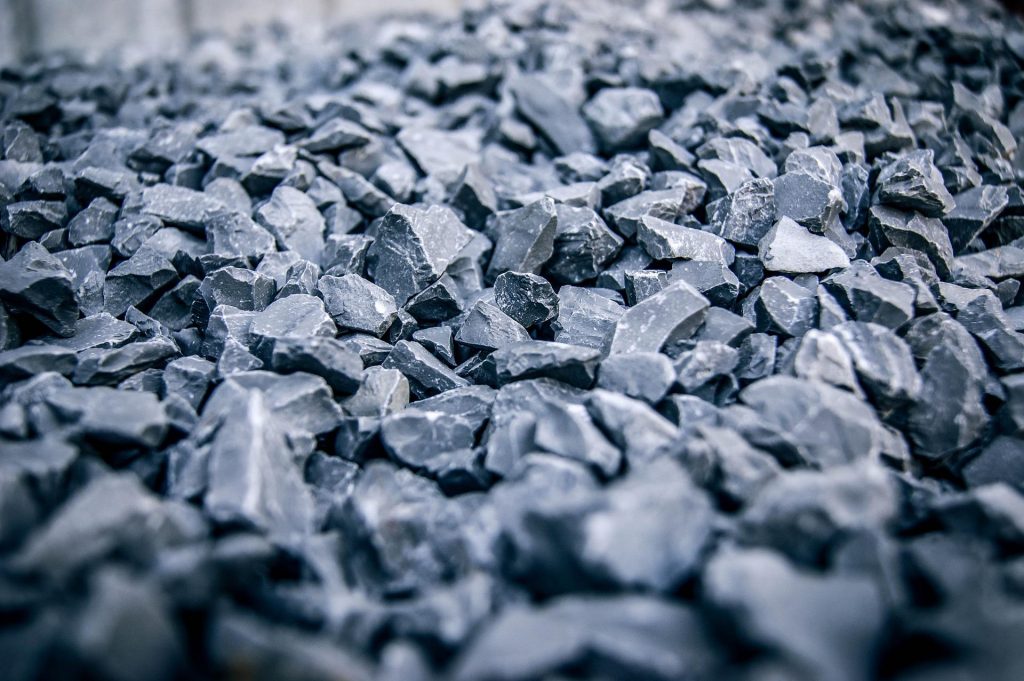
Installing your trampoline on pea gravel is an option, though it is not recommended. If you intend to do so, you may need to add an additional layer between the ground and your legs in order to create a more secure foundation.
However, using an enclosure net when placing the trampoline on gravel is highly recommended in order to reduce the possibility of injury if someone falls on the trampoline.
When a trampoline is set up on gravel, the maintenance costs are virtually non-existent.
6. Trampoline on Concrete
It’s possible that you’re wondering if a trampoline can be installed on concrete. The answer is yes and no at the same time. Why? The following is an explanation.
The majority of trampoline experts advise against placing your trampoline on a hard base. Nonetheless, the concrete pad allows for the installation of a trampoline only if the base has been modified to be trampoline friendly.
Because concrete does not absorb shock well when jumpers bounce in the trampoline bed, you will be unable to properly secure the base, even if you use anchoring kits. The hard base, on the other hand, may cause damage to the frame and legs as a result of the repeated friction. As a result, it is not recommended to place the trampoline directly on the concrete surface.
Even so, if you want to set up the trampoline on a solid surface, you will need to add an additional layer to reduce friction and make the trampoline more stable. And maybe you will have to put some soft materials under the trampoline to avoid any uncalled accident.
7. Making an Under Trampoline Garden
You can even make an under-trampoline garden. However, Growing anything under a trampoline requires careful planning and consideration. You must consider the location of the trampoline as well as whether or not the plant you intend to grow will spread. Take, for example, plants that do not grow to great heights.
Plants such as Astrantia, pulmonaria, odorata, and lamium are excellent choices for this purpose. Consider growing ferns or other plants that can thrive in dry, shady conditions if the ground is too dry. You will need to water them on a regular basis, however, so plan ahead of time.
Installation tips for Whatever you choose to put under your trampoline:
– If you are putting a tarp under your trampoline, make sure to secure the tarp properly so that it doesn’t move around or get blown away in windy conditions.
– If you are putting a trampoline mat, make sure that the jumping mat is the right size and thickness for your trampoline. You can also put a rubber mat under your trampoline. Also, make sure to secure the mat so that it doesn’t move around or get blown away in windy conditions.
The rule is the same for artificial grass mat or any type of grass mats.
– If you are putting a net under your trampoline, make sure that the net is the right size and thickness for your trampoline. Also, make sure to secure the trampoline net so that it doesn’t move around or get blown away in windy conditions.
– If you are putting a cover over your trampoline, make sure that the cover is the right size and thickness for your trampoline. Also, make sure to secure the cover so that it doesn’t blow away in windy conditions.
These were some tips to help you install whatever you choose to put under your trampoline.
Under Trampoline Safety
There are several things you can do to increase safety below the trampoline, including the following:
Make certain that the ground is sufficiently level.
Protect the area underneath with an additional enclosure net to prevent children and pets from getting in.
Remove anything that is sharp or hard from the perimeter ground.
Install a safety net around the entire perimeter of the building to prevent people from falling to the ground.
When deciding what to put under your trampoline, remember that “Safety First” is the most important consideration.
How to Close the area Under A Trampoline?
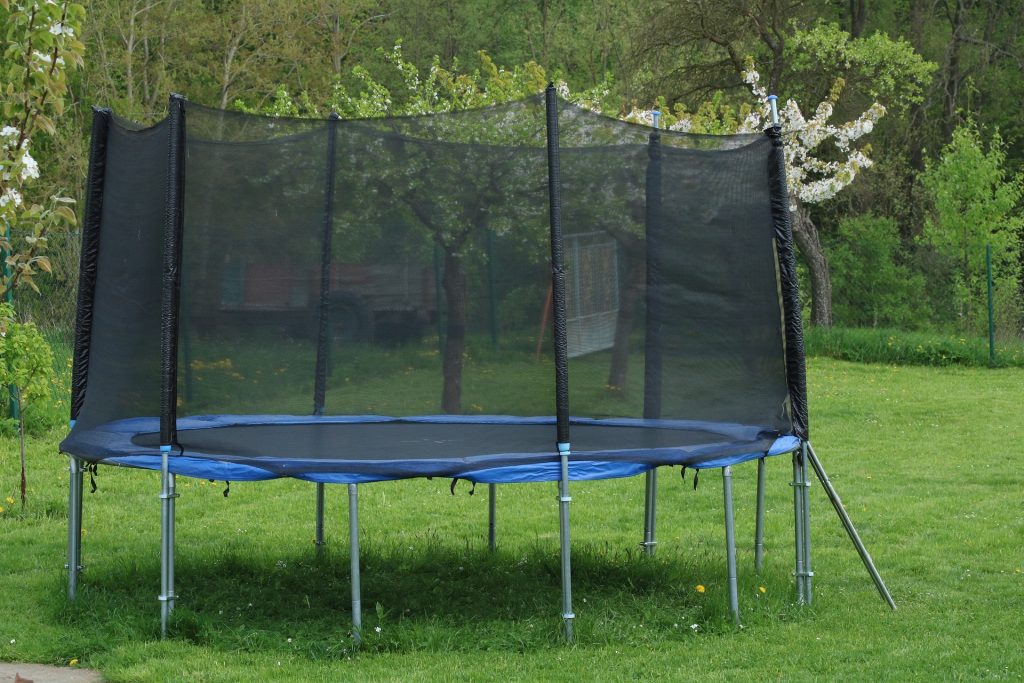
There are a few different ways that you can close the area under a trampoline, and we’ll go over some of the most popular methods below.
Wooden Wall: To Close the area Under A Trampoline you will need to build a wooden wall around the trampoline. This will ensure that no one can get under the trampoline while it is in use.
Fence: Another option to Close the area Under A Trampoline is to build a fence around it. This will also prevent anyone from getting under the trampoline while it is in use.
Tarp: A tarp can also be used to Close the area Under A Trampoline. This is a cheaper option, but it will not provide the same level of protection as a fence or wooden wall.
Storage Box: A storage box can be used to Close the area Under A Trampoline. This is a great option if you want to be able to store things under the trampoline. This will also protect any items that you store under the trampoline from the weather.
These are just a few of the options that you have available to you when it comes to Closing the area Under A Trampoline. Choose the option that best suits your needs and budget.
FAQs – What to Put Under Your Trampoline ?
Q: What is the best material to put under a trampoline?
A: There are many materials that can be used, but the best choice is a material that will provide cushioning and support. There are many options available, but the most popular choice is foam.
Foam is a great choice because it is soft and provides good support. It is also easy to install and can be found at most hardware stores.
Q: How to mow the grass under a trampoline?
A: To do it, you will need a trimmer and lawnmower. Both these tools will make the job much easier. First, you will need to remove any objects that might be in the way. Also, if it’s possible, you can move the trampoline and do the job.
Q: Can I use the under-trampoline space as storage?
A: Yes, you can do that. Just make sure the stuff under the trampoline does not touch the trampoline while jumping.
Q: Is it safe to put a sprinkler under my trampoline?
A: No, it’s not safe. The water could damage the trampoline and cause rusting. It’s also not a good idea to have a wet trampoline.
Q: Is it necessary to put anything under my trampoline?
A: No, it’s not necessary to put anything under your trampoline. But, many people choose to because it provides extra cushioning and support.
Conclusion
Hopefully, this article has helped you to determine what type of material is right for your trampoline. From rubber padding to padded rubber mulch, natural grass to artificial grass you can put a lot of things ground underneath the trampoline.
One thing to keep in mind is that not just one product will be right for everyone. There are many different types of products available, all you have to see your conveniency.
In the end, you will have to make the decision of what material to put under your trampoline. The best way is to do research and look at what other have done as well as how much it costs.
Some options may be more expensive up front, but in the long run, they should save you money and give you more peace of mind. The key is doing your homework before spending a lot of hard-earned money on something that will just end up costing you more later.
- 8 Best Mini Trampoline For Seniors | Detailed Review - May 11, 2023
- What is the Best Outdoor Trampoline For Adults? - May 10, 2023
- How To Keep Trampoline From Blowing Away (Best Way To Anchor A Trampoline) - May 9, 2023

